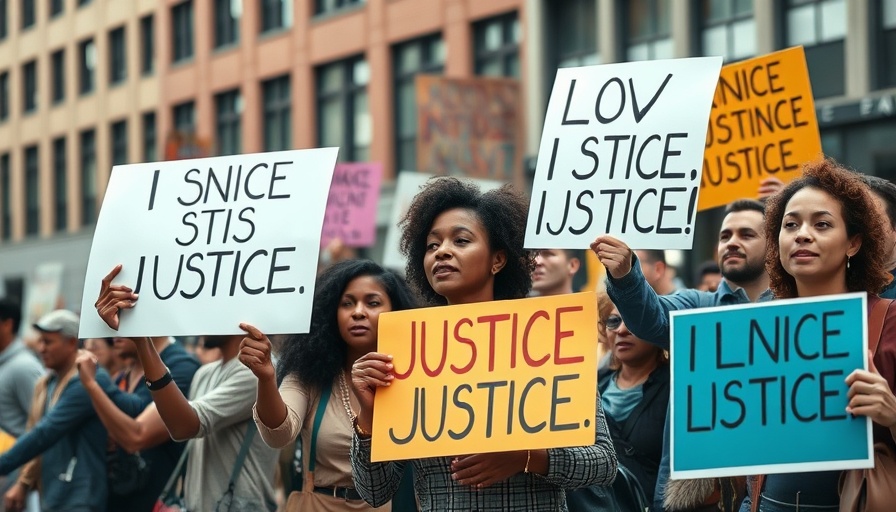
How Aurora's Police Pursuit Policy Shift Reflects Community Needs
Aurora's recent decision to ease restrictions on police pursuits tied to stolen vehicles, as announced by Police Chief Todd Chamberlain, has ignited a debate about public safety and accountability. With the emphasis now squarely on enforcing the law against offenders who believe they can evade justice, the complexities of this policy change prompt significant questions about its ramifications.
The Rationale Behind the Policy Change
For years, the Aurora Police Department refrained from pursuing suspects fleeing in stolen vehicles, leading to a perception among offenders that they could act without consequence. Chief Chamberlain highlighted a growing pattern of victimization within the community, asserting that the existing policy had allowed auto thieves to operate with impunity. The updated policy aims to enhance the department's capacity to hold these offenders accountable while ensuring the safety of the community.
Balancing Justice with Public Safety
The revised pursuit policy has mandated that officers can now engage in pursuits under specific situations. These encompass two key scenarios: pursuing a driver suspected of DUI and those in confirmed stolen vehicles. Chamberlain emphasized that this change is not merely an invitation for reckless chasing; it involves a nuanced approach where continuous risk assessment is paramount. The department is determined to avoid compromising public safety while effectively combating vehicle theft.
Learning from Historical Contexts of Police Pursuits
Historically, police pursuits have been contentious, often causing harm not only to suspects but innocent bystanders as well. Research shows that pursuits can escalate dangerous situations and lead to tragic accidents. For instance, a local tragedy involved the death of Oliver Gongora during a car chase. It highlights the delicate balance police must maintain: ensuring public safety while enforcing the law. Chief Chamberlain's acknowledgment of this history serves as a reminder of the inherent dangers tied to fast-moving chases.
Engagement with the Community: Driving Police-Community Trust
Ultimately, the success of new policies hinges on maintaining trust between the police and the communities they serve. Engaging with citizens and addressing their concerns about crime and safety is critical. As Chamberlain entreats, this shift in policy is as much about reconsidering community needs as it is about enforcing laws. It creates an opportunity for dialogue on how best to balance enforcement with the potential risks of pursuit.
The Road Ahead: What Does This Mean for Aurora?
The implications of this policy change extend into the realm of public safety data analysis. Aurora Police are tasked with monitoring the outcomes of their pursuits closely to assess whether this new approach reduces auto theft without compromising community safety. Given that more than 27,000 vehicles were stolen in Aurora since 2019, these measures come in response to a tangible crisis that demands immediate action.
This proactive stance aims not only to reduce theft but to deter further crime. By holding offenders accountable for their actions behind the wheel, regardless of the specific crime committed, the police hope to initiate a broader conversation about crime prevention and community resilience.
For police departments and policymakers, Aurora's approach serves as a case study worth examining closely. How they navigate the complexities of modifying pursuit policies may well offer a blueprint for other departments grappling with similar challenges. As Aurora moves forward, engaging the community will be paramount, and conversations around police accountability, community policing, and procedural justice are more critical than ever.
With the evolving nature of public safety concerns, how jurisdictions across the nation respond could define future law enforcement strategies. Following the outcomes of these decisions will be crucial in shaping public policy aimed at fostering safe and trusting communities.
Call to Action
As a community member or a professional in public safety, it’s essential to stay informed about these policy changes and their implications. Consider engaging in community forums where these discussions take place, and advocate for policies that prioritize safety and trust. Your voice can help influence the direction of law enforcement practices in your area.
 Add Row
Add Row  Add
Add 

 Add Element
Add Element 




Write A Comment